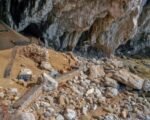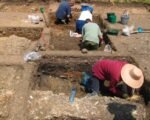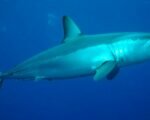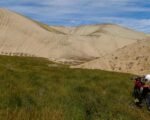Helicopters may soon be a common sight in parts of Colorado’s Western Slope, but they won’t be responding to emergencies. Instead, they’ll be aiding in critical wildlife research. Colorado Parks and Wildlife (CPW) is gearing up for the final year of a project that aims to improve understanding of elk calf survival through GPS collaring.
Helicopter Operations Begin Dec. 2
Starting December 2, CPW crews will begin their elk research efforts in the Bear’s Ears herd in northwest Colorado. Using net guns fired from helicopters, they will capture young elk calves, fit them with GPS collars, and release them back into the wild. The helicopters’ presence will likely be noticeable to the public, but it’s all part of a well-orchestrated research initiative.
If weather permits, the team will then move to the Uncompahgre Plateau in Montrose County, and if conditions are unfavorable, they will focus on the Avalanche Creek herd in Pitkin County. Each site will take about two days to complete, providing valuable data that will inform wildlife management strategies across the state.
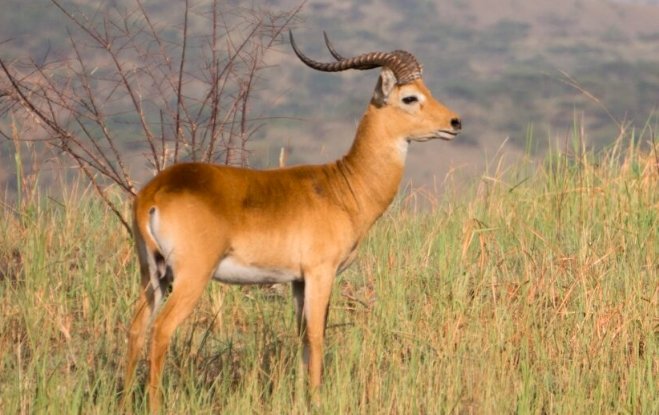
A Winter-Friendly Approach
While the sight of helicopters circling may raise some eyebrows, CPW is careful to explain that winter is the optimal time for such research. Nathaniel Rayl, a CPW wildlife researcher, says that colder temperatures and deeper snow make elk capture easier and less stressful for the animals. “Elk, moose, deer, and pronghorn prefer cooler temperatures and are actually less stressed than if we were to capture in the summer when they may overheat,” Rayl notes.
In addition, the snow acts as a cushion, reducing the risk of injury to the elk, and makes it harder for the animals to escape, making the whole process quicker and more efficient. The winter months also allow researchers to gather valuable information about the animals’ pregnancy and overall body condition, critical elements for understanding calf survival rates.
The Goal: Understanding Elk Calf Survival
The purpose of this collaring project is to gain a clearer picture of elk calf survival across different regions of Colorado. By understanding calf mortality and identifying the causes, CPW aims to make more informed decisions regarding elk population management. CPW’s work with pregnant elk ensures that the data collected won’t harm the developing calves, as the research is conducted early enough in the pregnancy to prevent any risk to the fetus.
Classification Flights to Monitor Herd Health
Along with the collaring efforts, CPW will also begin conducting classification flights in December. These flights, which will continue into January, are crucial for assessing the health of elk herds statewide. By monitoring the health and survival rates of calves and fawns, CPW can better understand the impacts of recent winters on birth rates and survival.
Brad Banulis, a senior wildlife biologist for CPW’s Northwest Region, explains the significance of these flights: “This is a critical data point to help us manage big game populations in the state, and we collect it in a manner that minimizes the stress on animals.” The data collected through these flights will play a pivotal role in ensuring that Colorado’s elk population remains healthy and robust, balancing the needs of wildlife with the conservation goals of the state.




